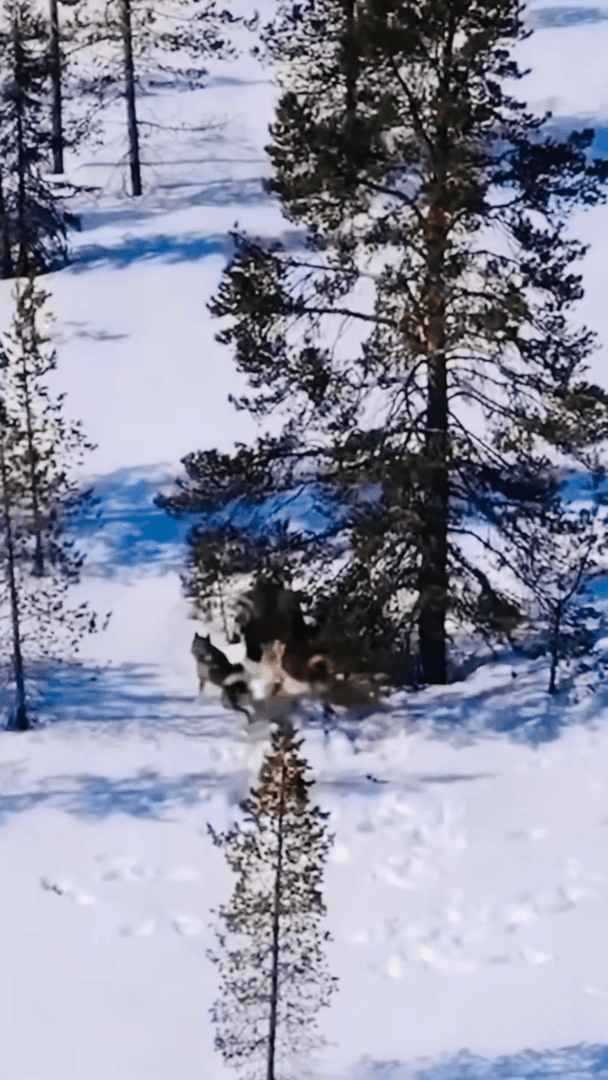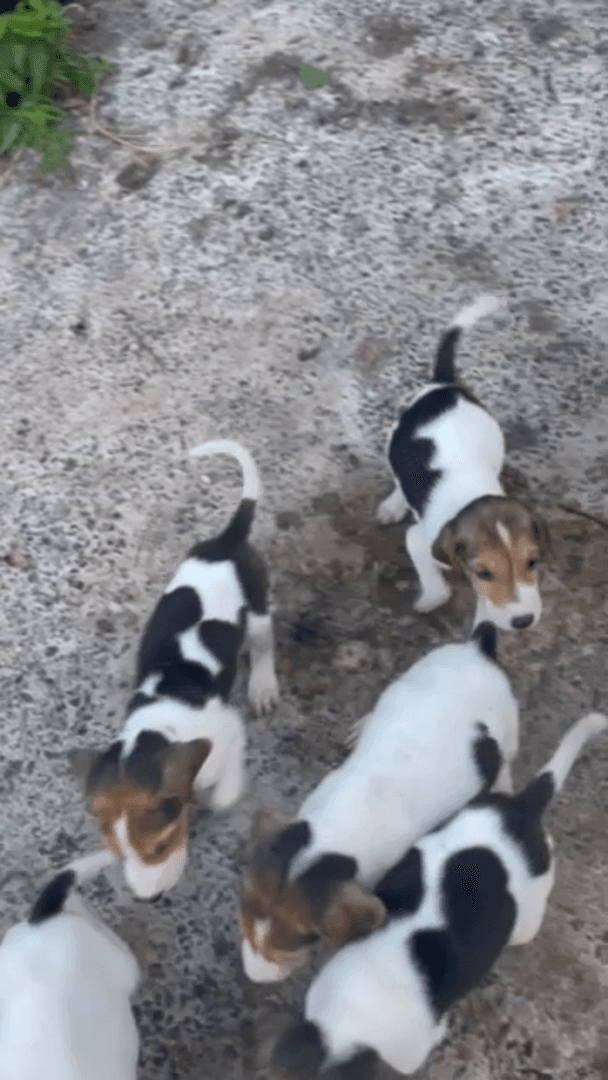
Tyrolean Hound Hunting Dog Review: History, Training, and Field Performance As a hunter who’s spent years in alpine forests and rugged terrain, I’ve come to respect breeds that don’t just follow commands—they work with you. The Tyrolean Hound (Tiroler Bracke) is one of those rare dogs that blends instinct, endurance, and intelligence into a reliable hunting companion. Originating from Austria, this scent hound was bred for tough conditions and demanding hunts. In this article, I’ll break down its history, hunting capabilities, care, and training—based on real-world experience and verified breed data. --- 📜 History and Proven Origins The Tyrolean Hound traces its lineage back to the Celtic hounds and Bracke-type dogs used in the Tyrol region of Austria. Formal breeding began around 1860, and the first breed standard was published in 1896. By 1908, it was officially recognized as a distinct breed. Historically, Emperor Maximilian I used these hounds for hunting hare and fox, as well as tracking wounded game in mountainous terrain. Their ability to work independently, cover long distances, and maintain focus under pressure made them indispensable in alpine hunts. --- 🐾 Game Targets: What the Tyrolean Hound Hunts The Tyrolean Hound is a versatile scent hound capable of hunting: • Foxes • Hares and rabbits • Roe deer and red deer • Wild boar • Chamois and other alpine game Its strong nose and loud bracking bark make it ideal for rummaging (searching for wounded game) and bracking (chasing with vocalization). It’s not a pointer or retriever—it’s a trail dog, bred to follow scent over long distances and alert the hunter with persistent barking. --- 🌍 Geographic Popularity: Where It’s Used Most While the breed is native to Austria, it’s also found in: • Germany – Especially in Bavaria and alpine regions • Switzerland – Used for mountain hunting • Italy – In northern provinces near the Alps • Slovenia and Czech Republic – For forest and boar hunts • France – Occasionally used in mountainous terrain Outside Europe, the Tyrolean Hound is rare but gaining interest among North American hunters who specialize in tracking wounded game in dense forests. --- 🧬 Breed Characteristics and Care Tyrolean Hound Size and Build: • Height: 42–50 cm (males), 40–48 cm (females) • Weight: 20–30 kg • Coat: Dense, weather-resistant double coat • Colors: Deer red, black and red, often with white markings Temperament: • Independent but loyal • Calm at home, focused in the field • Not ideal for apartment living—needs space and activity • Bonds closely with one handler Health and Lifespan Tyrolean Hound: • Life expectancy: 12–14 years • Common issues: Occasional hip dysplasia, ear infections due to floppy ears • Shedding: Moderate • Grooming: Weekly brushing, ear cleaning, seasonal coat checks This breed thrives in rural environments with regular outdoor activity. It’s not a couch dog—it needs purpose and movement. --- 🧠 Training for the Hunt Training a Tyrolean Hound requires patience, consistency, and respect for its independence. Unlike retrievers or spaniels, this breed doesn’t respond well to harsh correction. Instead, it learns through repetition, scent association, and reward-based reinforcement. Early Socialization: • Start at 8–10 weeks with basic obedience • Introduce to forest terrain and scent trails • Acclimate to gunfire gradually Field Conditioning: • Use scent drags with deer or fox trails • Practice recall with whistle or voice • Reinforce barking on trail with praise This breed is leader-oriented, meaning it respects a confident handler but won’t blindly obey. It needs to understand the task and trust the process. --- Scent Training and Field Exercises Here’s a breakdown of effective training exercises for Tyrolean Hounds: 1. Scent Line Tracking: • Lay a trail using deer blood or fox scent • Start with short distances (50–100 meters) • Gradually increase complexity with turns and obstacles • Reward with food or play at the end of the trail 2. Barking on Trail: • Encourage vocalization when the dog picks up scent • Use verbal cues like “Speak!” or “Track!” • Reinforce with praise when barking aligns with scent trail 3. Terrain Conditioning: • Hike in varied terrain: forest, snow, rocky paths • Build endurance with 30–60 minute sessions • Practice climbing and descending slopes 4. Gun Acclimation: • Start with distant blank shots • Gradually reduce distance over weeks • Pair gunfire with positive reinforcement These exercises build stamina, scent memory, and confidence, preparing the dog for real-world hunting scenarios. --- 🐕 Field Behavior and Hunting Traits In the field, the Tyrolean Hound shows: • Exceptional scent tracking over long distances • Loud bracking bark to signal active pursuit • Focus and independence—won’t be distracted by other dogs or shots • All-weather capability—works in snow, rain, and heat • Strong prey drive—especially for hoofed game Unlike pack hounds, the Tyrolean Hound often works solo or in pairs, making it ideal for hunters who prefer quiet, focused tracking. It’s especially effective in mountainous terrain, where agility and endurance are critical. --- 🧭 Final Thoughts: A Hunter’s Alpine Ally The Tyrolean Hound is not for everyone. It’s not a show dog, not a family pet for city life, and not a breed that thrives without purpose. But for hunters who value precision, endurance, and independence, it’s one of the most reliable companions you can have in the wild. Whether you’re tracking wounded deer in the Alps or navigating dense forest trails, this breed brings centuries of instinct and craftsmanship to every hunt. With proper training and care, the Tyrolean Hound becomes more than a dog—it becomes your partner.
Post: 10 September 06:13















































